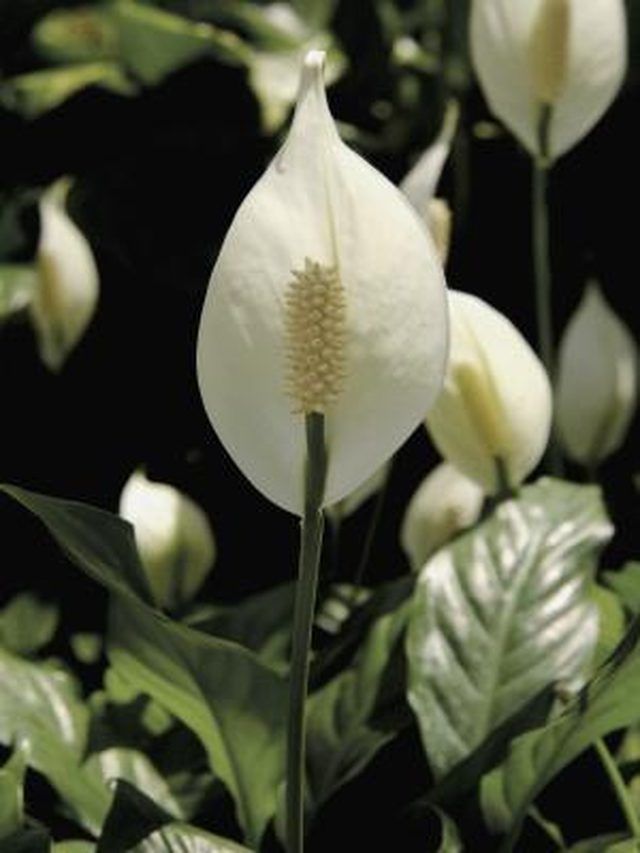Bulbs
Flower Basics
Flower Beds & Specialty Gardens
Flower Garden
Garden Furniture
Garden Gnomes
Garden Seeds
Garden Sheds
Garden Statues
Garden Tools & Supplies
Gardening Basics
Green & Organic
Groundcovers & Vines
Growing Annuals
Growing Basil
Growing Beans
Growing Berries
Growing Blueberries
Growing Cactus
Growing Corn
Growing Cotton
Growing Edibles
Growing Flowers
Growing Garlic
Growing Grapes
Growing Grass
Growing Herbs
Growing Jasmine
Growing Mint
Growing Mushrooms
Orchids
Growing Peanuts
Growing Perennials
Growing Plants
Growing Rosemary
Growing Roses
Growing Strawberries
Growing Sunflowers
Growing Thyme
Growing Tomatoes
Growing Tulips
Growing Vegetables
Herb Basics
Herb Garden
Indoor Growing
Landscaping Basics
Landscaping Patios
Landscaping Plants
Landscaping Shrubs
Landscaping Trees
Landscaping Walks & Pathways
Lawn Basics
Lawn Maintenance
Lawn Mowers
Lawn Ornaments
Lawn Planting
Lawn Tools
Outdoor Growing
Overall Landscape Planning
Pests, Weeds & Problems
Plant Basics
Rock Garden
Rose Garden
Shrubs
Soil
Specialty Gardens
Trees
Vegetable Garden
Yard Maintenance
Why Are My Peace Lilies Dying?
Why Are My Peace Lilies Dying?. The peace lily, or spathiphyllum, tolerates low light and blooms if given enough indirect light. It also thrives on indoor temperatures. Their tolerant nature makes it difficult to understand why they sometimes die.

The peace lily, or spathiphyllum, tolerates low light and blooms if given enough indirect light. It also thrives on indoor temperatures. Their tolerant nature makes it difficult to understand why they sometimes die.
Dormancy
Temperatures in the 50s, drafts or heavy bloom can trigger dormancy in spathiphyllum that resembles a dying plant. Browning tips and drooping, dying leaves may last for one or two months. Plants will begin growing again if you keep them moist but not wet and place them in bright filtered light.
Extremes
Too much water or fertilizer leads to root rot, leaf collapse, wilting, burned tips or necrosis, which is dead leaf tissue. Excessive heat or light causes curled, chlorotic or yellow leaves with spotty leaf burns. Stunted growth and chlorotic leaves signal nutrient deficiencies. Sudden plant-wide leaf collapse, or crashing, means the plant is too dry; repeated crashes can result in chlorosis or death.
Diseases and Pests
Fungal diseases cause mushy leaves, usually starting from the base of the plant. Mosaic virus causes general mottling of leaves. Visible mealybugs and scale cause stunted plants that may weaken and die; aphids, thrips and shore flies are nuisance pests that generally only affect appearance.